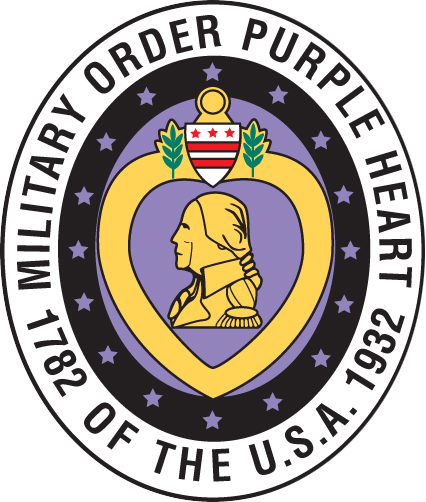This Marine Corps veteran was severely wounded during the opening hours of TET-68 as his unit fought to hold a key river bridge on Highway 1. He sustained shapnel wounds in both arms and both legs with resulting loss of use of his right leg, and in the years following he devoted great effort to developing ways for the VA to improve prosthetic services to veterans. Patrick is also a charter member who helped create Chapter 1919.
Patrick Reilly was born in 1948 in Oklahoma City and he was widely traveled during his growing-up years, variously living in Bermuda, Florida, the Philippines, Arizona, and Alaska, as well as Texas. He entered service in the Marine Corps, went through boot camp in San Diego and subsequent training at Camp Pendleton before being shipped to Vietnam where he arrived in 1967, at age 19.
Patrick was assigned to the Weapons Platoon of Company H, 2nd Battalion, 5th Marines, 1st Marine Division. During the time before he was wounded the unit participated in Operations Essex, Auburn and Hue City. Patrick picked up the nickname of rocketman because of his skill and accuracy with the LAW (light anti-tank weapon). During the time he was in the unit, Company H frequently moved about in their Area of Operations. The company successively displaced from An Hoa to Phu Bai, to Phu Loc on Highway 1. From there they moved through Hue City and Dong Ha to perform convoy security along Route 9. Just before TET-68, Patrick’s unit had returned to a camp on Highway 1 near the river bridge at Truoi village in Thua Thien Province.
On the night of January 30, 1968, the North Vietnamese Army (NVA) attacked the village and the bridge. Company H quickly moved down to reinforce the defenders (Company F) at the bridge and fighting continued throughout the night. Patrick destroyed one of the enemy’s positions, an old concrete bunker dating back to French colonial days, with a rocket from his LAW. The North Vietnamese had gotten into the village but they sustained heavy losses and never took the bridge. Apparently in frustration after having failed in their attack, the NVA soldiers senselessly and savagely killed many of the villagers during the night. The badly mauled NVA attackers then withdrew from the village just before dawn broke the next morning. Company H set out in pursuit.
Patrick was wounded by the blast of a Rocket Propelled Grenade (RPG) round as the Marines were pursuing through the village. Lifted out by CH-47 helicopter, Patrick was first treated at a medical aid station and then transported to the hospital at Phu Bai. He says, “I was given a spinal injection so I was fully conscious when they started the operation on my right leg. All of a sudden the sirens sounded as the hospital started receiving incoming fire and explosions were going off all around. The North Vietnamese began their TET offensive by attacking everywhere they could all at once, and Phu Bai was also one of the places they hit. The doctors and nurses quickly moved me off the table down onto the floor and one of the doctors shielded me with his body until the shelling eased up and they could continue with my operation. Then the shelling started up again and so we went through that procedure twice before the operation was completed.
From the Phu Bai hospital, Patrick Reilly was successively moved to hospitals at Cam Ranh Bay; Clark Field, the Philippines; Kue, Okinawa; then back to the United States, first to Corpus Christi and finally to San Antonio, Texas.
His squad leader was killed only a few days later in Hue City. Patrick says that before the TET-68 fighting had subsided all of his close friends were killed and not a single Marine that had been in Weapons Platoon when he arrived in-country remained present for duty.
Patrick Reilly, one of the original charter members of Chapter 1919, is a world traveler who has lived in, or visited, 58 countries in his lifetime. In recent years he has made several extended trips back to Vietnam and to several European countries.
